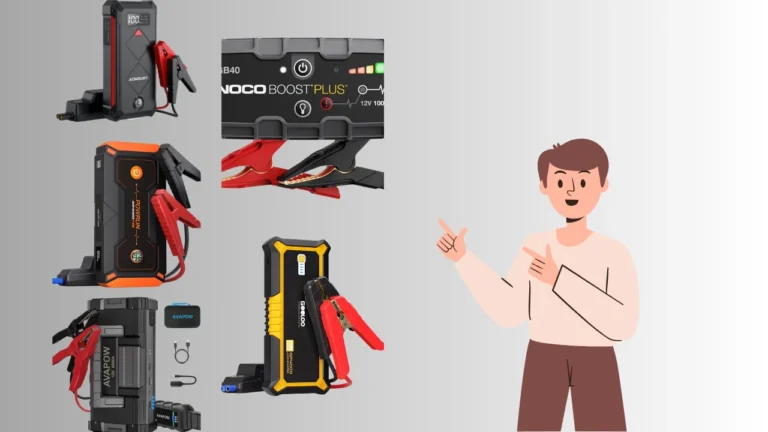Jump-starting a car is a quick and effective way to get back on the road when your battery unexpectedly dies. However, there’s a common concern regarding whether this process can damage the car battery or other vehicle components.
So, does jump starting a car damage the battery? Let’s dive into the details of how jump-starting works, the associated risks, and best practices to ensure your vehicle stays safe. This comprehensive guide on using a jump starter to charge a dead battery explains whether it’s possible and what to watch out for.
How Jump Starting Works?
Jump-starting a car involves using an external power source—typically another car’s battery or a portable jump starter—to provide enough energy to start the engine. Here’s how the process generally works:
- Connect the positive (+) jumper cable to the dead battery’s positive terminal.
- Connect the other end of the positive cable to the positive terminal of a working battery.
- Connect the negative (-) jumper cable to the working battery’s negative terminal.
- Connect the other end of the negative cable to an unpainted metal surface on the car with the dead battery (preferably away from the battery itself).
The goal is to provide the dead battery with enough initial current to crank the engine and get the alternator functioning, allowing the battery to recharge while driving. Find out which portable car jump starter with air compressor is perfect for emergency roadside assistance.
Does Jump Starting a Car Damage the Battery?
So, does jump starting a car damage the battery? The process of jump-starting, when done correctly, is generally safe for the car battery. However, there are potential risks associated with improper handling or specific conditions:
Quick Fix Table: Jump Starting & Battery Damage
1. Sudden Power Surge
Jump-starting involves a sudden surge of current, which can be potentially harmful to an old or weakened battery. The voltage supplied during a jump start typically ranges between 12 to 14 volts, depending on the source. This surge may cause internal damage if the battery is already compromised, leading to reduced capacity or even complete failure.
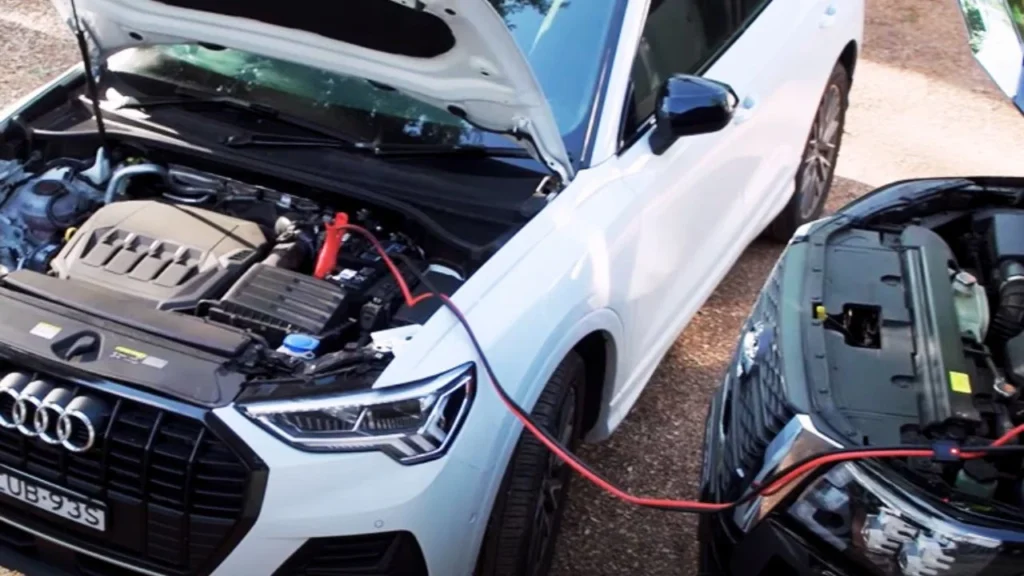
Modern car batteries are designed to handle surges within the range of 12.6 to 14.4 volts, which is considered standard for charging. However, a dead battery being supplied with a higher surge, say 15 volts or more, could overheat and suffer permanent damage.
This is especially true for batteries that have internal corrosion or sulfate build-up, which can cause them to heat unevenly during a jump start. Explore the best portable marine battery jump starters for reliable performance when you’re out on the water.
2. Voltage Spikes
Incorrect jump-starting procedures or low-quality jumper cables can lead to dangerous voltage spikes. These spikes can damage not only the battery but also sensitive electronic components, including sensors and the vehicle’s computer system. A spike above 15 volts may affect vehicle electronics, which are typically designed to operate within a safe range of 12 to 14 volts.

Using a high-quality jumper cable with low internal resistance and proper shielding can significantly reduce the chances of such voltage spikes. It is also recommended to use a portable jump starter with surge protection to safeguard the electronics.
3. Overheating and Overcharging
Batteries are prone to overheating if they are supplied with excessive current or charged too quickly. Jump-starting a deeply discharged battery forces a large amount of current into it abruptly. If the battery’s internal resistance is high, it can lead to overheating, with temperatures exceeding 40-50°C (104-122°F). Overheating can cause the battery casing to swell, damage internal components, and reduce its overall lifespan.
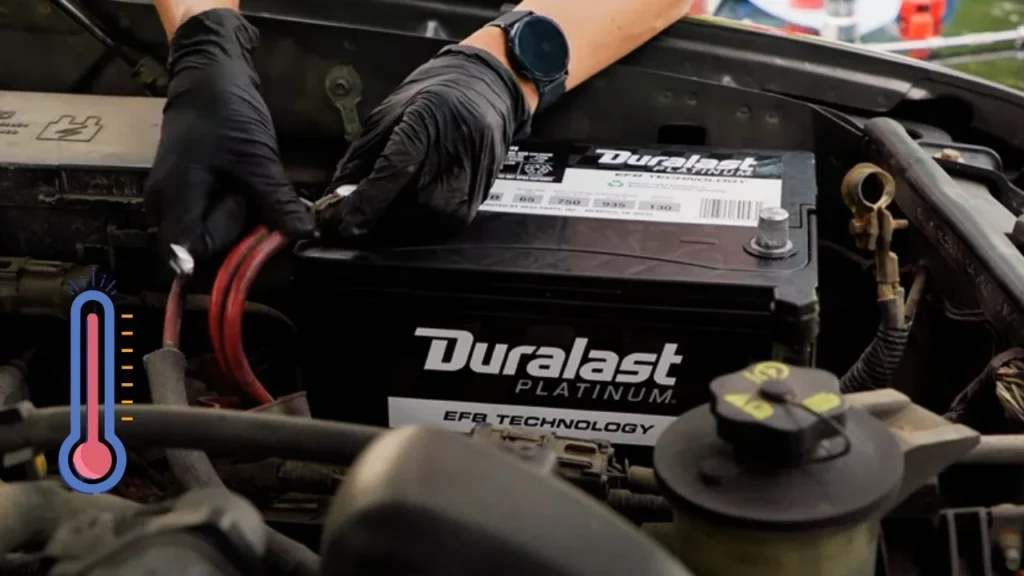
To mitigate this risk, it’s crucial to ensure that the jump-start is done only for a few seconds—just enough to start the vehicle—and then allow the alternator to handle the charging at a controlled pace. Understand the process and precautions when jump-starting a 24V system with a 12V battery to prevent system overloads.
Risks to Other Vehicle Components
Even if jump-starting doesn’t directly harm the battery, it may impact other components in the car:
1. Alternator Stress
After jump-starting, the car’s alternator takes on the role of recharging the dead battery. An alternator’s primary function is to maintain a battery’s charge, not to recharge it from a fully discharged state.
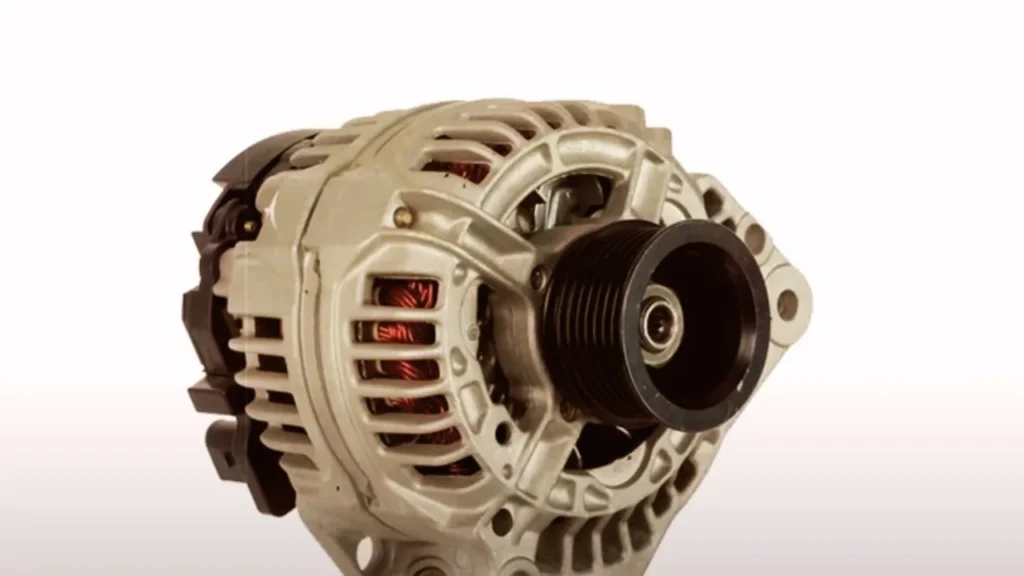
If the battery is too weak, the alternator could be overburdened, leading to increased heat and premature wear. Typically, an alternator delivers a voltage of 13.5 to 14.5 volts, but consistently recharging a weak battery may cause output to increase beyond normal, leading to overheating and eventual failure.
2. Starter Motor and Cables
The starter motor is designed to draw a large current from the battery, typically in the range of 150 to 200 amps for short bursts. Jump-starting a vehicle can result in a higher-than-normal current draw if the battery has lost significant capacity, leading to wear on the starter motor.
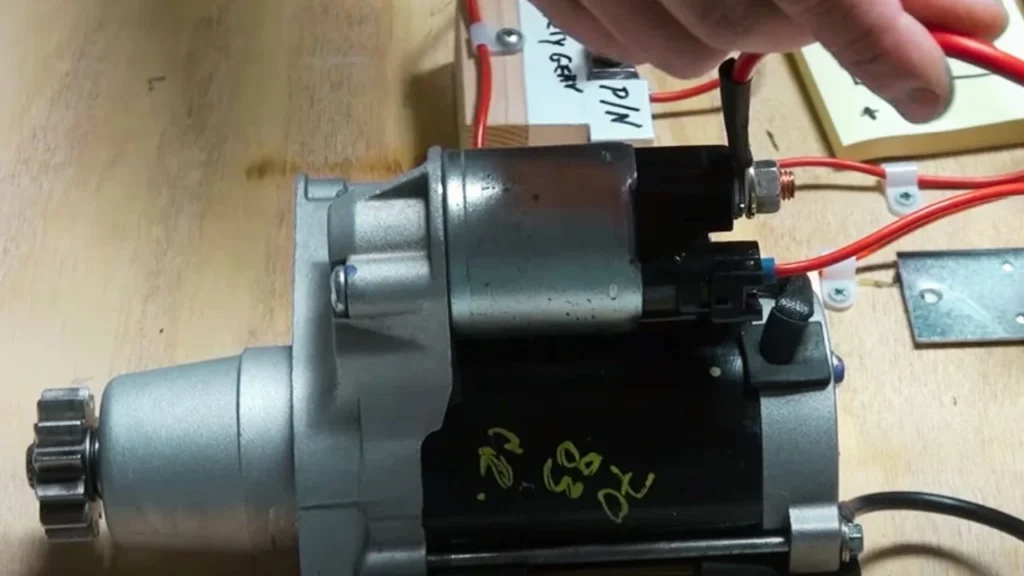
Additionally, improper connection of jumper cables may cause sparks that can damage both the battery and other electronic components. Explore whether it is bad to keep jump-starting your car battery, including the long-term effects it may have on your vehicle’s performance.
Best Practices for Jump-Starting
To minimize the risk of damaging your battery or other car components, it’s essential to follow some best practices:
- Use Quality Jumper Cables: Use thick, well-insulated cables to reduce resistance. High-quality cables provide better current flow, minimizing the risk of overheating. A good set of jumper cables typically has a thickness rating of 4 to 6 gauge.
- Check Battery Condition: Before jump-starting, inspect the battery terminals for corrosion. Corrosion can lead to poor connections and an uneven flow of current. Clean the terminals with a wire brush or battery terminal cleaner to ensure a good connection.
- Avoid Overloading: Ensure the donor vehicle is running when connecting the jumper cables. This helps stabilize the voltage and prevent the dead battery from drawing too much current from the donor vehicle.
- Let the Engine Run After Jump-Starting: Once the car starts, keep the engine running for at least 20 to 30 minutes. This allows the alternator to recharge the battery gradually. Ideally, drive at highway speeds where the alternator produces its maximum charging output of around 14 volts. Shutting off the engine too soon may lead to another dead battery, as the alternator won’t have had enough time to replenish the lost charge.
- Use Portable Jump Starters: Portable jump starters are often a safer alternative to traditional jumper cables. They provide a controlled amount of current, which reduces the risk of voltage spikes. Most portable units deliver around 12 to 13.5 volts, specifically designed to start the vehicle without harming the electronics.
Alternatives to Jump-Starting
If your car battery frequently requires jump-starting, consider other options to avoid potential damage:
- Battery Replacement: If a battery needs jump-starting frequently, it’s likely nearing the end of its life. Most car batteries last between three to five years, depending on usage and maintenance. Replacing the battery before it becomes too weak can prevent the inconvenience and risks of repeated jump-starts.
- Trickle Chargers: Trickle chargers provide a slow, consistent charge to the battery, helping maintain its health over time. A typical trickle charger delivers 1 to 2 amps, which is ideal for keeping a battery topped up without the risk of overcharging. This is especially useful if your car remains unused for extended periods.
- Battery Maintenance: Proper battery maintenance can extend its life and reduce the need for jump-starting. Regularly clean the battery terminals, check the water level (for non-sealed batteries), and ensure the battery is securely fastened to reduce vibration.
When Jump-Starting Isn’t Effective?
There are several reasons why a car might fail to start even after a jump-start:
- Bad Alternator: If the alternator is not functioning properly, the battery won’t recharge effectively, leading to a dead battery shortly after starting the car. A working alternator should produce between 13.5 and 14.5 volts when tested. If the voltage is lower, the alternator may need replacement.
- Faulty Starter: The starter motor may be malfunctioning. If you hear a clicking sound when turning the key, the starter could be the culprit. The starter draws high current from the battery, and if the connections are poor or the starter is failing, it will struggle to start the engine.
- Parasitic Battery Drain: A parasitic drain occurs when an electrical component continues to draw power even after the car is turned off. Common culprits include aftermarket audio systems or a faulty door light switch. Normal parasitic drain is around 20 to 50 milliamps, but a drain exceeding 50 milliamps may deplete the battery over time.
Conclusion: Is Jump-Starting Harmful?
Jump-starting a car is generally safe when done properly, but it’s important to understand the risks involved. The process can stress an old or already weakened battery, and improper procedures can lead to voltage spikes that damage electronic components. Following best practices such as using quality jumper cables, avoiding excessive current surges, and maintaining the health of the battery can help mitigate these risks.
If you find yourself needing to jump-start your car frequently, it might be time to consider a new battery, have the alternator checked, or ensure there isn’t an excessive parasitic drain. Proper maintenance is key to reducing the frequency of jump-starts and ensuring your vehicle’s electrical system stays in good condition.
Hope so, now you know the answer to: Does jump starting a car damage the battery. Learn the step-by-step process on how to jump-start a diesel truck with 2 batteries, ensuring you avoid potential mistakes that could damage your vehicle or batteries.
Ali is a tech enthusiast and automotive aficionado, passionate about sharing insights on the latest innovations and industry trends.

